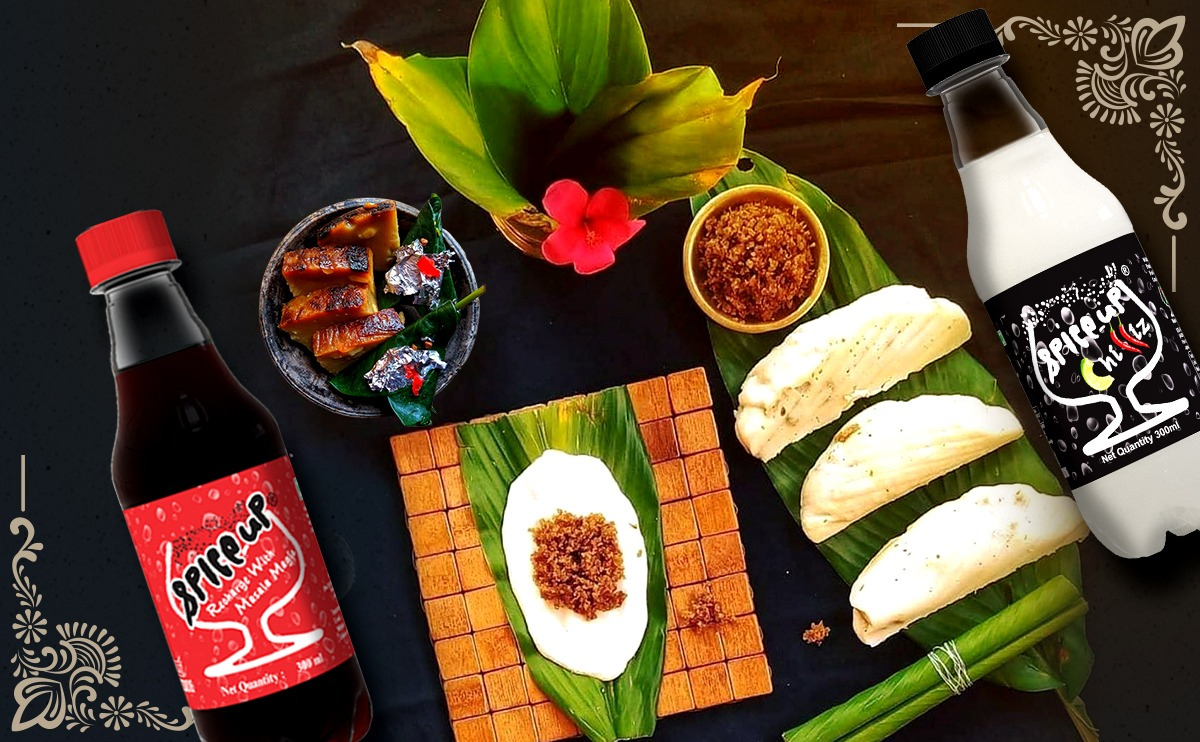Odisha, a land rich in cultural heritage and traditions, celebrates numerous festivals that reflect the region’s deep-rooted customs and vibrant spirit. Among these, the Raja Festival holds a special place in the hearts of Odias. Known as the Swing Festival, Raja (pronounced as ‘raw-jaw’) is a unique celebration dedicated to womanhood and the Earth’s fertility. Spanning three days, with preparations starting a day prior and concluding a day after, this festival is a beautiful blend of cultural rituals, joyful activities, and delicious traditional food.
What is Raja Festival?
Raja Festival, deriving its name from the Sanskrit word ‘Rajaswala,’ meaning a menstruating woman, symbolizes the menstruation of Mother Earth, Bhudevi. It is believed that during these days, the Earth undergoes a period of rest and rejuvenation, much like women do. This festival, therefore, honors both the Earth and womanhood, celebrating their power to nurture and sustain life.
Cultural Significance
Raja Festival is not just about swings and festivities; it carries deep cultural and spiritual meanings. It marks the beginning of the agricultural year in Odisha, symbolizing the preparation of the soil for the upcoming monsoon season. The festival underscores the importance of rest and rejuvenation, both for the Earth and women, who are often seen as the embodiment of fertility and life.
Celebrations and Activities
- Preparatory Day
The day before the first day, called Sajabaja, is a preparatory day during which the house and kitchen, including grinding stones, are cleaned, and spices are ground for the upcoming celebrations.
- Day 1: Pahili Raja
The first day, known as Pahili Raja, is marked by cleaning and preparing the house and kitchen. Grinding stones and other kitchen tools are cleaned, and spices are ground for the upcoming celebrations. Women and girls begin their festivities by adorning themselves in new clothes and jewelry.
- Day 2: Raja Sankranti
The second day, Raja Sankranti, signifies the beginning of the rainy season. It is the main day of the festival, filled with various activities. Swings (locally called ‘Doli’) are hung from trees, beautifully decorated with flowers and colorful fabrics. Women and girls enjoy swinging, singing traditional songs, and playing games. Traditional Odia games like ‘Puchi’ and ‘Kabaddi’ are enthusiastically played.
- Day 3: Basi Raja
On the third day, Basi Raja, the festive spirit continues with more swinging, feasting, and merriment. People visit friends and relatives, enjoying the camaraderie and communal harmony that the festival brings.
- Day 4: Vasumati Snana
The day after the three main days of Raja is known as Vasumati Snana, or the ceremonial bath of Bhumi, the Earth Goddess. Women bathe grinding stones, representing the Earth, with turmeric paste, adorn them with flowers, and perform rituals to honor Mother Earth.


Traditional Food and Delicacies
No festival in Odisha is complete without its array of traditional food, and Raja is no exception. The Raja Festival’s culinary delight highlight is ‘Poda Pitha,’ a type of slow-cooked rice cake made with rice, jaggery, coconut, and black gram. This delicacy has a rich and smoky flavor. It is a must-have during the festival.
Another indispensable treat during Raja is the ‘Raja Paan.’ Unlike the regular conical paan, the Raja Paan is wrapped in a triangular shape and comes in various flavors, including sada paan (plain paan) and sweet paan. Some vendors even offer special varieties like fire paan and crushed ice paan, making it a favorite among festival-goers.
The Joy of Raja
The Raja Festival is a time for joy, relaxation, and celebration. It is a festival where women take a break from their daily chores, indulge in self-care, and enjoy the festivities. It brings families and communities together, reinforcing the bonds of love and togetherness.
These days, the sight of beautifully decorated swings, the sound of traditional songs and laughter, and the aroma of delicious food fill the air. Markets buzz with activity, as people shop for new clothes, accessories, and special paans.
Conclusion
Raja Festival is a beautiful celebration that honors womanhood and Mother Earth, reflecting the deep cultural ethos of Odisha. It is a festival that brings together tradition, joy, and community spirit. As the swings soar high and the songs of Raja fill the air, the festival leaves an indelible mark on everyone who participates in its vibrant celebrations.
So, this Raja, let us all take a moment to appreciate the nurturing power of women and the Earth, and celebrate the Swing Festival with joy, love, and gratitude.
Happy Raja Festival!

